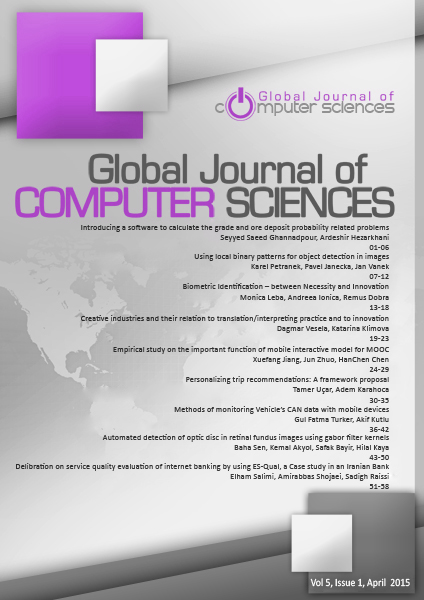Creative industries and their relation to translation/interpreting practice and to innovation
Main Article Content
Abstract
As an economic sector, creative industries include all human activities associated with creativity, and they comprise a modern phenomenon which contributes significantly to the sustainment of economic growth and employment in a world afflicted by the financial and economic crisis. It is for these reasons that they have become a part of the EU agenda, where they are seen as connected to the cultural industries (CCI). Discussions focused on the creative economy are increasingly included in legislators’ speeches and EU working and legislative materials filled with the new terminology of this field. The philosophy of creative industries and of the creative economy has its origins in the Anglophone world and this is also reflected in the key CCI terminology. As intercultural and interlingual mediators, interpreters and translators are confronted with this fact in their work and offer information to the intended recipient in the language of the target culture. In the EU’s case, this means more than 20 working languages. In this paper, we focus on two of them – Slovak, French – and we will point out the specifics of translation of borrowed lexical units (Anglicisms). We also briefly describe the efforts to establish an innovative university programme focused on the multilingual processing of information.
Â
Keywords: Creative industries, Terminology, Multidisciplinary Education, Innovation.Downloads
Article Details

This work is licensed under a Creative Commons Attribution 4.0 International License.
Global Journal of Computer Sciences: Theory and Research is an Open Access Journal. All articles can be downloaded free of charge. Articles published in the Journal are Open-Access articles distributed under CC-BY license [Attribution 4.0 International (CC BY 4.0)]
Birlesik Dunya Yenilik Arastirma ve Yayincilik Merkezi (BD-Center) is a gold open access publisher. At the point of publication, all articles from our portfolio of journals are immediately and permanently accessible online free of charge. BD-Center articles are published under the CC-BY license [Attribution 4.0 International (CC BY 4.0)], which permits unrestricted use, distribution, and reproduction in any medium, provided the original authors and the source are credited.
References
Drucker, P., F. (1993). Post-Capitalist Society. New York: HarperBusiness.
European Parliament. (2011, April 13). Report on unlocking the potential of cultural and creative industries (2010/2156 (INI)). Retrieved from http://www.europarl.europa.eu/sides/getDoc.do?type=REPORT& reference=A7-2011-0143&format=XML&language=EN
European Parliament. (2013, August 20). Report on promoting the European cultural and creative sectors as sources of economic growth and jobs (2012/2320(INI)). Retrieved from: http://www.europarl.europa.eu/sides/getDoc.do?pubRef=-//EP//TEXT+REPORT+A7-2013-0248+0+DOC+XML+V0//EN
Florida, R. (2002). The Rise of the Creative Class: And How It’s Transforming Work, Leisure and Everyday Life (1st ed.). New York: Basic Books.
Four, P., A. (2010). Synergie art et économie : la martingale de la créativité. Document de cadrage pour la 6-ème rencontre, 2 juillet 2010. Retrieved from: http://www.millenaire3.com/fileadmin/user_upload/syntheses/ Villes_creatives_2010.pdf
Howkins, J. (2001). The Creative Economy. How People Make Money from Ideas. (1st ed.). London: Penguin Books.
Landry, C., H. (2000). The Creative City: A Toolkit for Urban Innovators. (1st ed.). London: Earthscan.
Scoffier, A. (2013). Les villes françaises sont-elles créatives? In: La revue des industries créatives et des médias. Retrieved from: http://www.inaglobal.fr/economie/article/les-villes-francaises-sont-elles-creatives?print=1
Vivant, E. (2009). Qu’est-ce-que la ville créative ? Paris: PUF.
